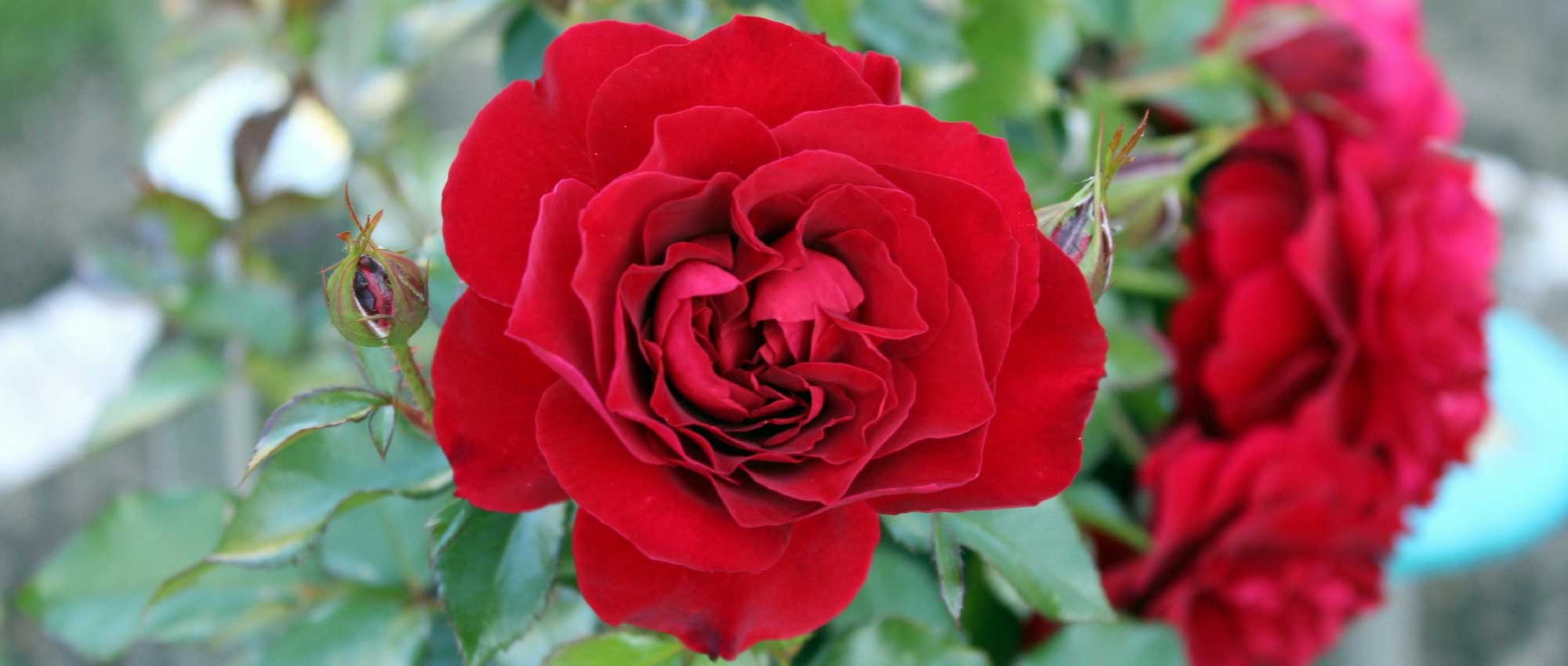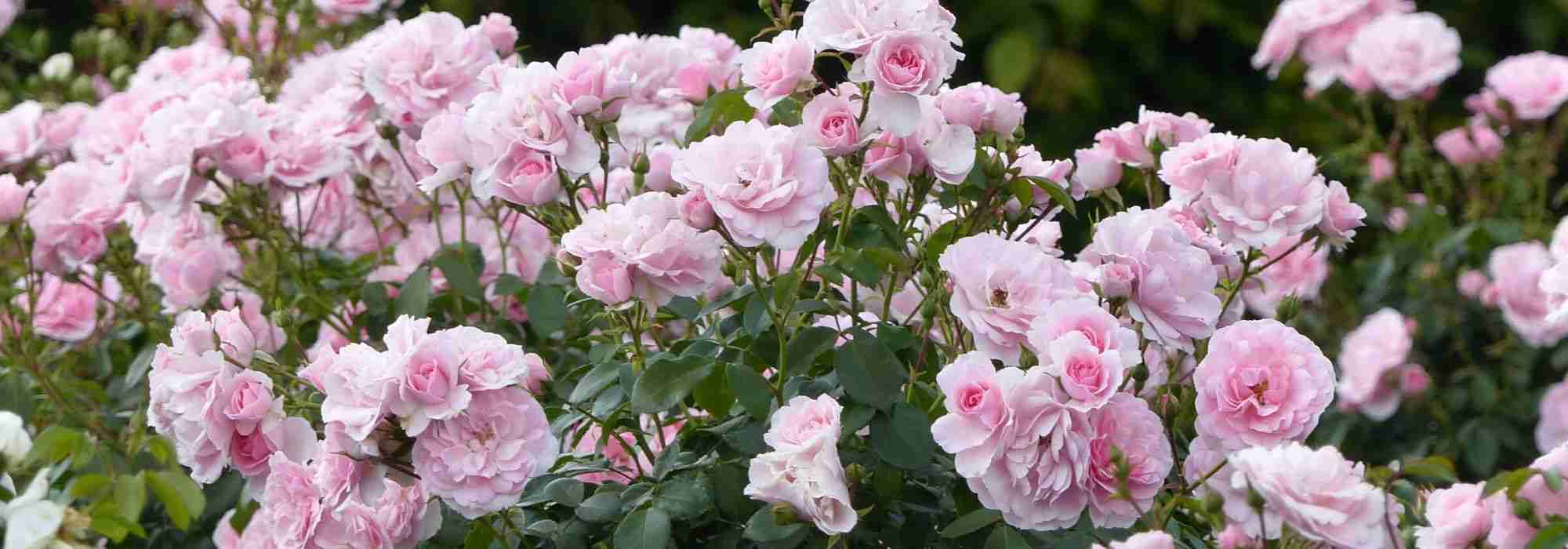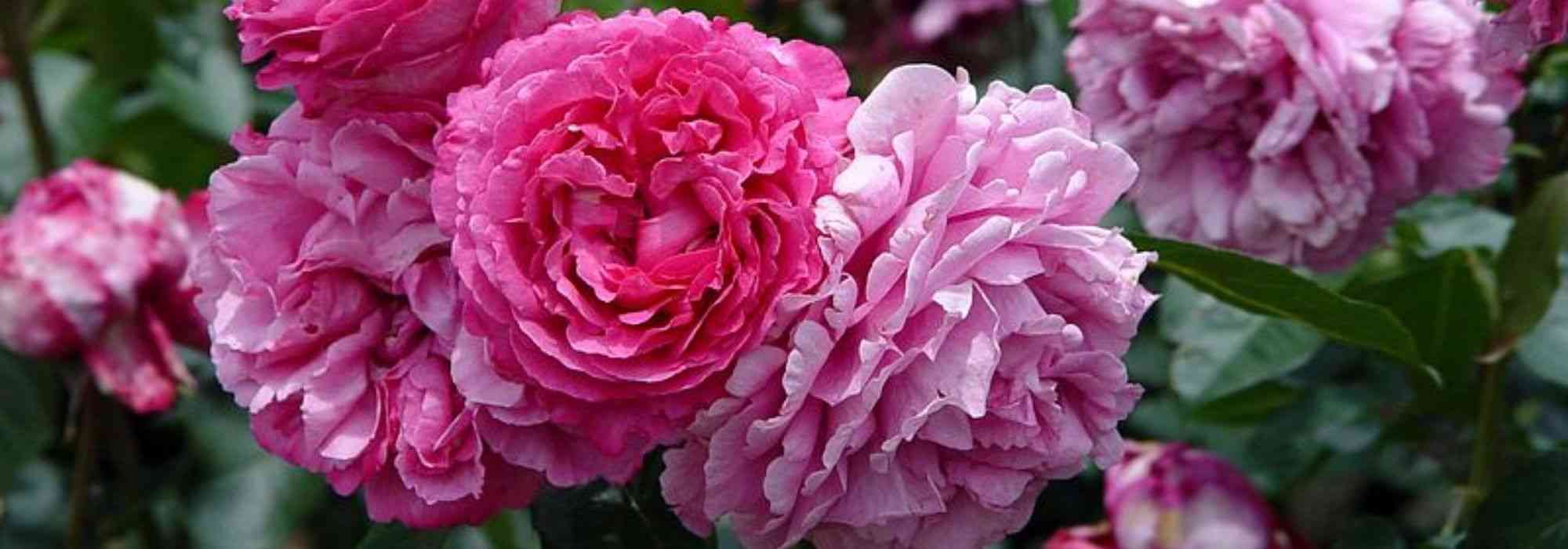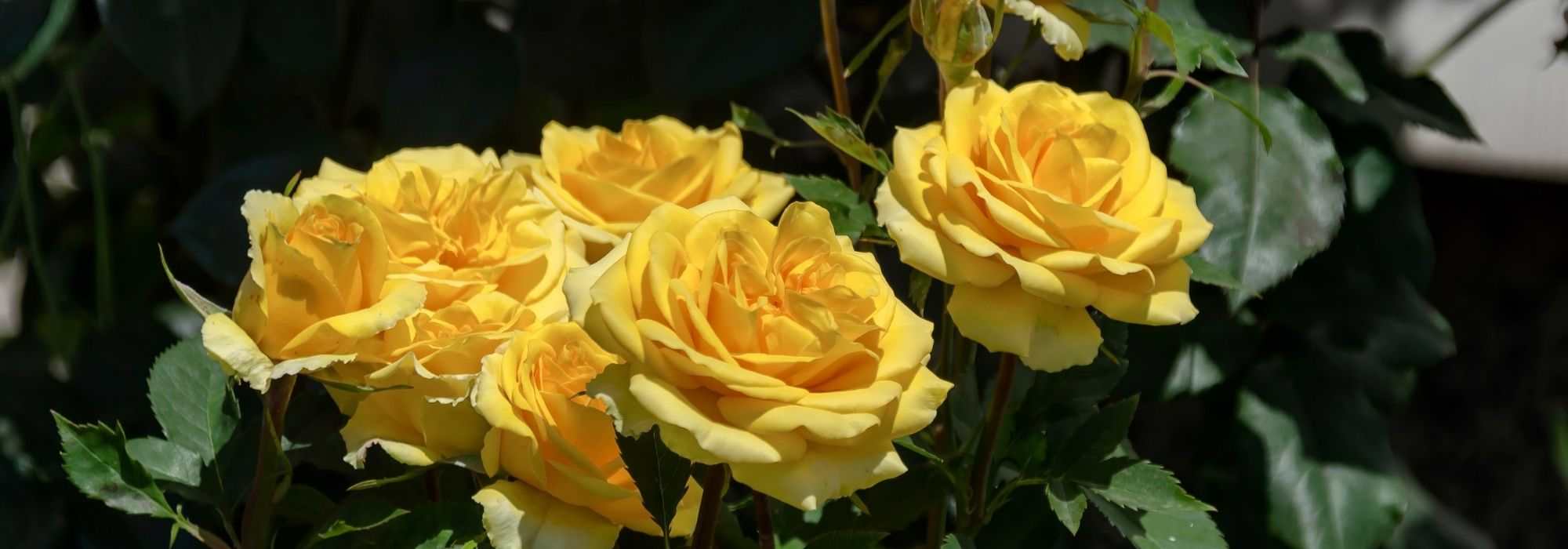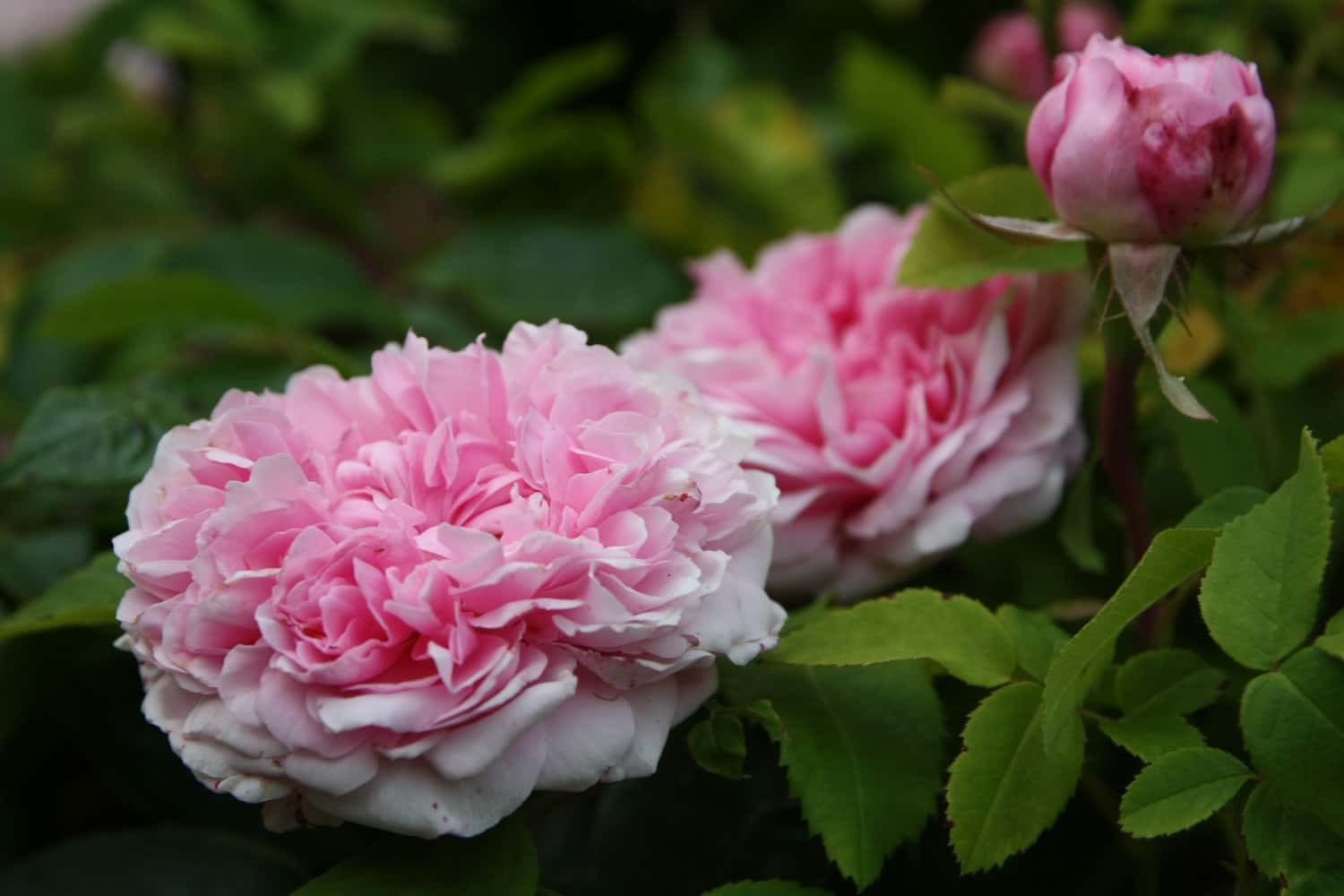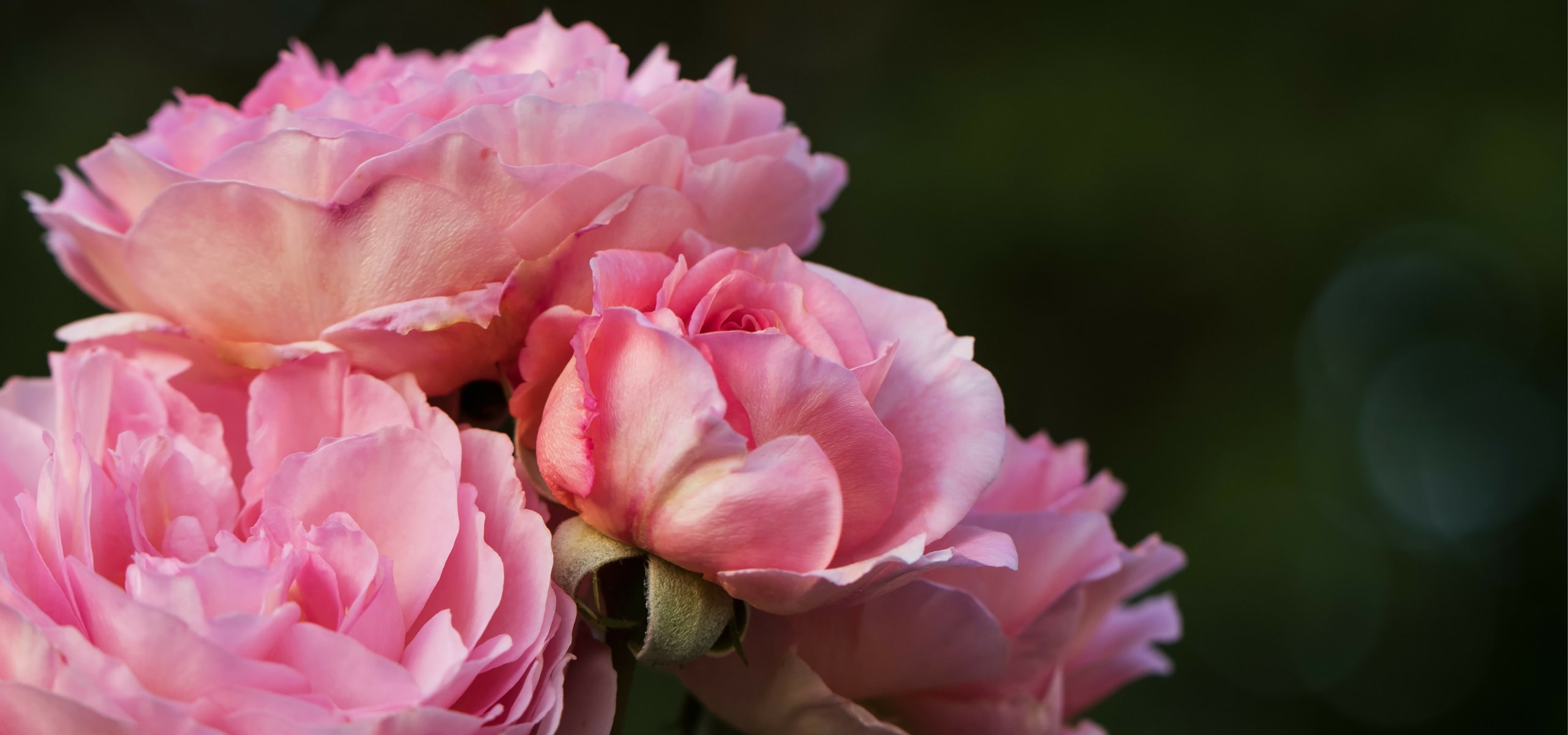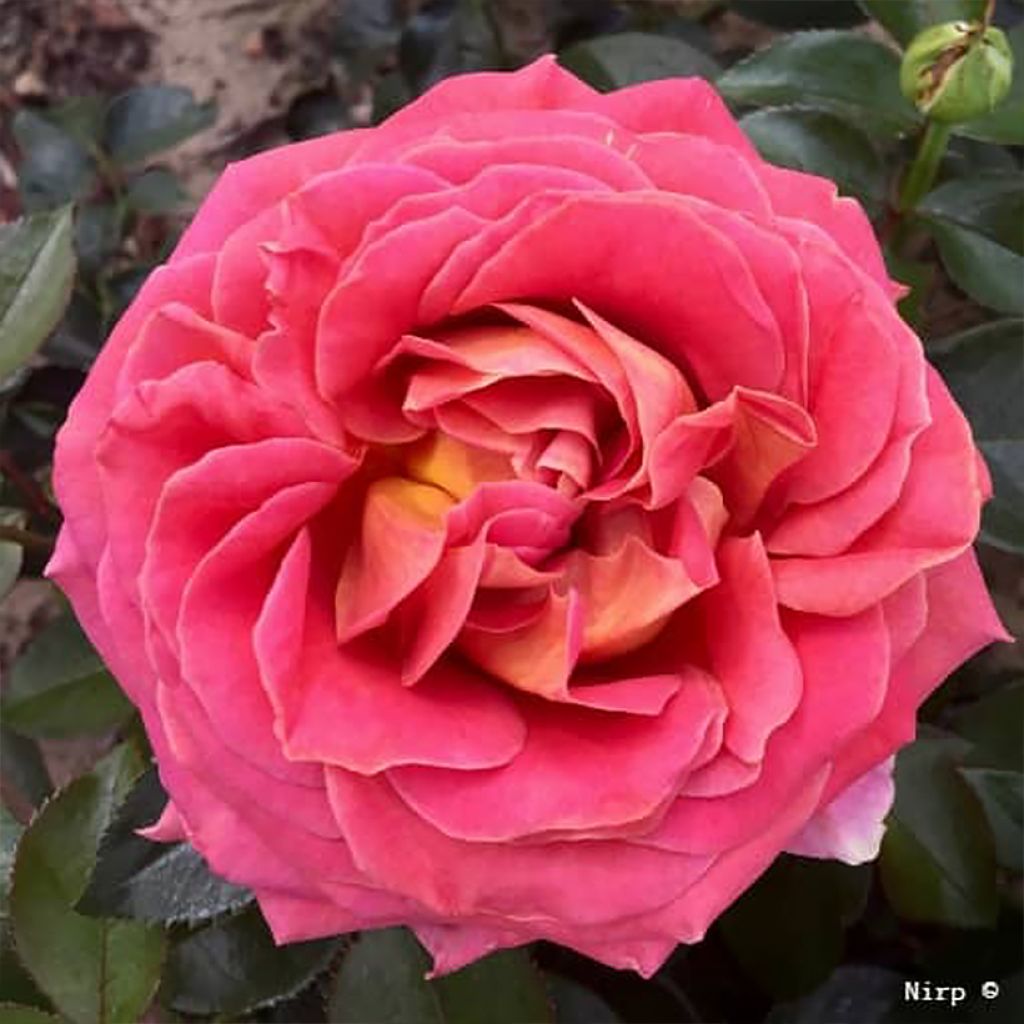

Rosa Broadway - Hybrid tea rose bush
Rosa Broadway - Hybrid tea rose bush
Rosa hybride de thé moderne Broadway® Nirpway
Special offer!
Receive a €20 voucher for any order over €90 (excluding delivery costs, credit notes, and plastic-free options)!
1- Add your favorite plants to your cart.
2- Once you have reached €90, confirm your order (you can even choose the delivery date!).
3- As soon as your order is shipped, you will receive an email containing your voucher code, valid for 3 months (90 days).
Your voucher is unique and can only be used once, for any order with a minimum value of €20, excluding delivery costs.
Can be combined with other current offers, non-divisible and non-refundable.
Home or relay delivery (depending on size and destination)
Schedule delivery date,
and select date in basket
We guarantee the quality of our plants for a full growing cycle, and will replace at our expense any plant that fails to recover under normal climatic and planting conditions.
Description
The Broadway rose bush is a bush with large flowers that stands out for its floriferous nature and unique colour palette. Its generous flowers, beautifully spiralled, in a deep Indian pink with a reversed ochre, continuously bloom from spring to autumn. This rose bush is also highly disease-resistant. It adapts perfectly to flowerbeds or containers and can be used to create elegant bouquets.
Created by the breeder NIRP International, the Broadway rose belongs to the category of bush roses with large flowers, a group of roses known for their large solitary roses and their perpetual flowering. Bred in the 2000s, this variety stands out for its exceptional disease resistance and continuous flowering from May to the first frosts. This rose bush has an upright and compact habit, reaching a height of 70 to 80 cm and a width of 50 to 60 cm.
The large flowers of 'Broadway' measure approximately 12 cm in diameter and are composed of 45 to 50 petals arranged spirally. The petals display a unique colour palette: a deep pink inside, revealing a reversed ochre. The leaves are deciduous, large, dark green and slightly glossy and maintain an elegant and healthy appearance throughout the season. Although its scent is very light, the beauty of this rose is a major asset for any garden. Its roses often appear solitary at the end of long stems, ideal for cutting. The flowering is perpetual, meaning it renews continuously from May to the first frosts.
The rose bush Broadway, not very tall but very floriferous, is a perfect choice for small gardens, as well as container cultivation. Its colour palette brings a sophisticated yet vibrant touch to all compositions, brightening small spaces while requiring little maintenance. To accompany it in the garden, choose perennial plants like Gaura lindheimeri ‘Whirling Butterflies’, its airy white flowers will enhance the warm tones of the rose. Phlox paniculata ‘Bright Eyes’, with its clusters of pink flowers, will create a nice contrast in a flowerbed. Perovskia atriplicifolia ‘Blue Spire’ will blend perfectly with the warm colours of the Broadway rose, while adding an interesting vertical dimension.
Plant habit
Flowering
Foliage
Botanical data
Rosa
hybride de thé moderne
Broadway® Nirpway
Rosaceae
Cultivar or hybrid
Planting and care
To plant your 'Broadway' large-flowered rose, work the soil to a depth of 30 cm by crumbling it well and adding a base fertiliser such as dried blood or dehydrated horn at the bottom of the planting hole. Remove your young plant from its pot and position by covering the top of the root ball with 3 cm of soil, fill in and water generously to eliminate air pockets. In dry weather, water regularly for a few weeks to facilitate root establishment. Also, remember to provide your rose with special rose fertiliser that promotes flowering.
Roses are often spotted or unsightly in late summer, but this is not a problem for their development. These spots are not harmful to the rose; it is a natural phenomenon.
Planting period
Intended location
Care
Planting & care advice
This item has not been reviewed yet - be the first to leave a review about it.
Haven't found what you were looking for?
Hardiness is the lowest winter temperature a plant can endure without suffering serious damage or even dying. However, hardiness is affected by location (a sheltered area, such as a patio), protection (winter cover) and soil type (hardiness is improved by well-drained soil).

Photo Sharing Terms & Conditions
In order to encourage gardeners to interact and share their experiences, Promesse de fleurs offers various media enabling content to be uploaded onto its Site - in particular via the ‘Photo sharing’ module.
The User agrees to refrain from:
- Posting any content that is illegal, prejudicial, insulting, racist, inciteful to hatred, revisionist, contrary to public decency, that infringes on privacy or on the privacy rights of third parties, in particular the publicity rights of persons and goods, intellectual property rights, or the right to privacy.
- Submitting content on behalf of a third party;
- Impersonate the identity of a third party and/or publish any personal information about a third party;
In general, the User undertakes to refrain from any unethical behaviour.
All Content (in particular text, comments, files, images, photos, videos, creative works, etc.), which may be subject to property or intellectual property rights, image or other private rights, shall remain the property of the User, subject to the limited rights granted by the terms of the licence granted by Promesse de fleurs as stated below. Users are at liberty to publish or not to publish such Content on the Site, notably via the ‘Photo Sharing’ facility, and accept that this Content shall be made public and freely accessible, notably on the Internet.
Users further acknowledge, undertake to have ,and guarantee that they hold all necessary rights and permissions to publish such material on the Site, in particular with regard to the legislation in force pertaining to any privacy, property, intellectual property, image, or contractual rights, or rights of any other nature. By publishing such Content on the Site, Users acknowledge accepting full liability as publishers of the Content within the meaning of the law, and grant Promesse de fleurs, free of charge, an inclusive, worldwide licence for the said Content for the entire duration of its publication, including all reproduction, representation, up/downloading, displaying, performing, transmission, and storage rights.
Users also grant permission for their name to be linked to the Content and accept that this link may not always be made available.
By engaging in posting material, Users consent to their Content becoming automatically accessible on the Internet, in particular on other sites and/or blogs and/or web pages of the Promesse de fleurs site, including in particular social pages and the Promesse de fleurs catalogue.
Users may secure the removal of entrusted content free of charge by issuing a simple request via our contact form.
The flowering period indicated on our website applies to countries and regions located in USDA zone 8 (France, the United Kingdom, Ireland, the Netherlands, etc.)
It will vary according to where you live:
- In zones 9 to 10 (Italy, Spain, Greece, etc.), flowering will occur about 2 to 4 weeks earlier.
- In zones 6 to 7 (Germany, Poland, Slovenia, and lower mountainous regions), flowering will be delayed by 2 to 3 weeks.
- In zone 5 (Central Europe, Scandinavia), blooming will be delayed by 3 to 5 weeks.
In temperate climates, pruning of spring-flowering shrubs (forsythia, spireas, etc.) should be done just after flowering.
Pruning of summer-flowering shrubs (Indian Lilac, Perovskia, etc.) can be done in winter or spring.
In cold regions as well as with frost-sensitive plants, avoid pruning too early when severe frosts may still occur.
The planting period indicated on our website applies to countries and regions located in USDA zone 8 (France, United Kingdom, Ireland, Netherlands).
It will vary according to where you live:
- In Mediterranean zones (Marseille, Madrid, Milan, etc.), autumn and winter are the best planting periods.
- In continental zones (Strasbourg, Munich, Vienna, etc.), delay planting by 2 to 3 weeks in spring and bring it forward by 2 to 4 weeks in autumn.
- In mountainous regions (the Alps, Pyrenees, Carpathians, etc.), it is best to plant in late spring (May-June) or late summer (August-September).
The harvesting period indicated on our website applies to countries and regions in USDA zone 8 (France, England, Ireland, the Netherlands).
In colder areas (Scandinavia, Poland, Austria...) fruit and vegetable harvests are likely to be delayed by 3-4 weeks.
In warmer areas (Italy, Spain, Greece, etc.), harvesting will probably take place earlier, depending on weather conditions.
The sowing periods indicated on our website apply to countries and regions within USDA Zone 8 (France, UK, Ireland, Netherlands).
In colder areas (Scandinavia, Poland, Austria...), delay any outdoor sowing by 3-4 weeks, or sow under glass.
In warmer climes (Italy, Spain, Greece, etc.), bring outdoor sowing forward by a few weeks.






























